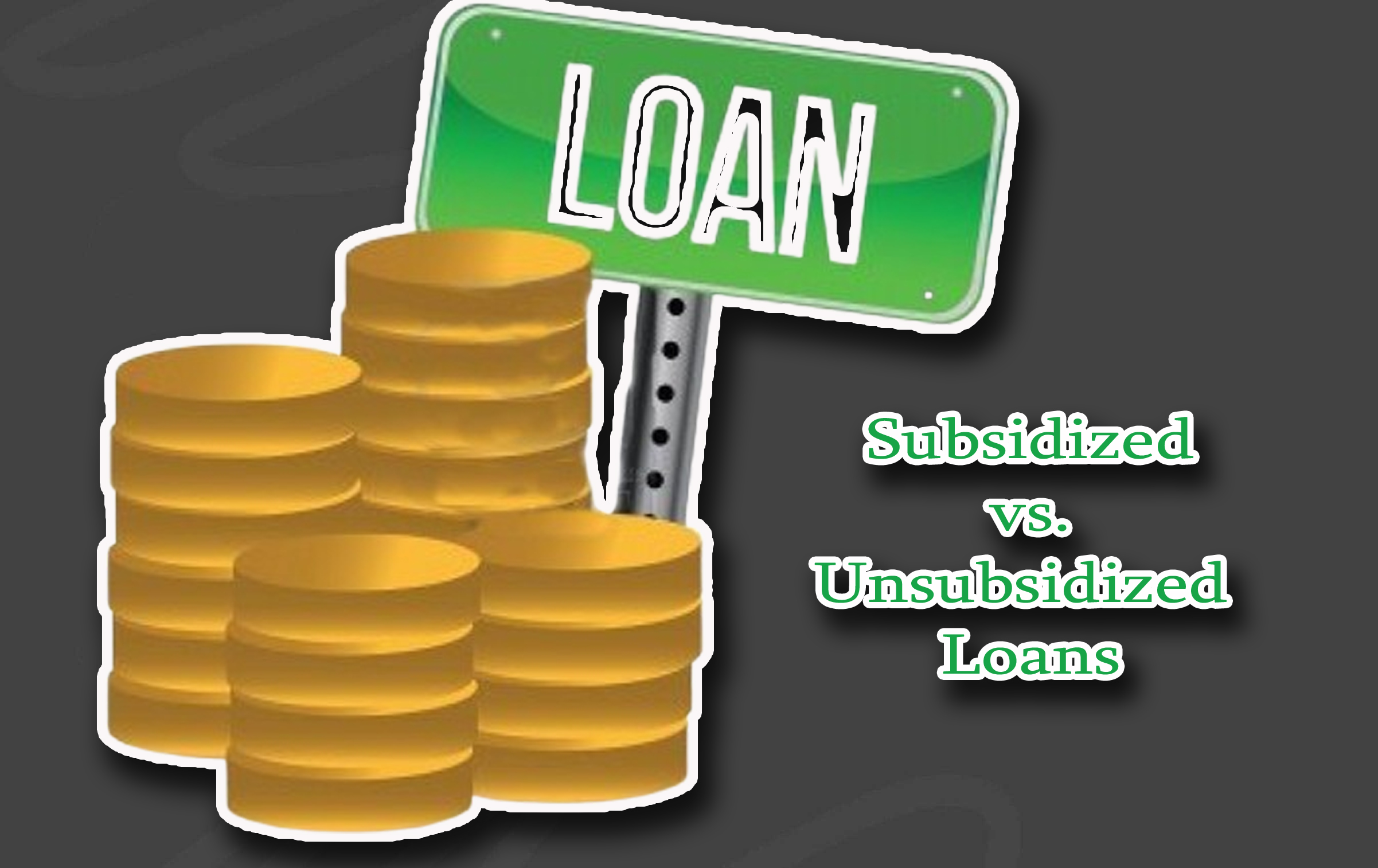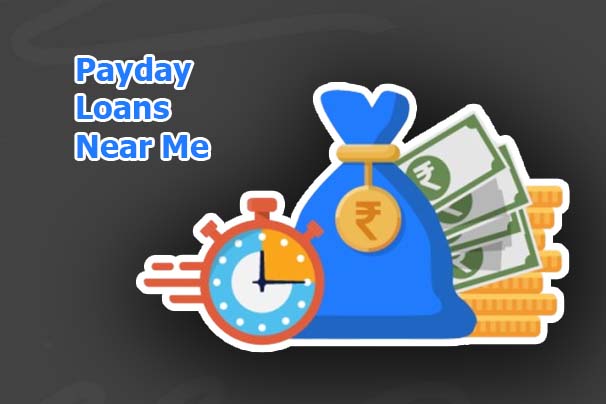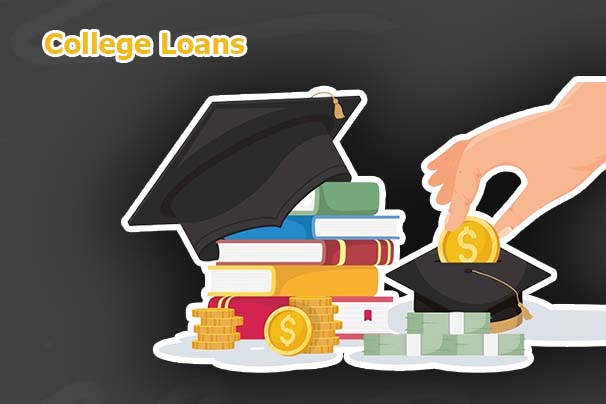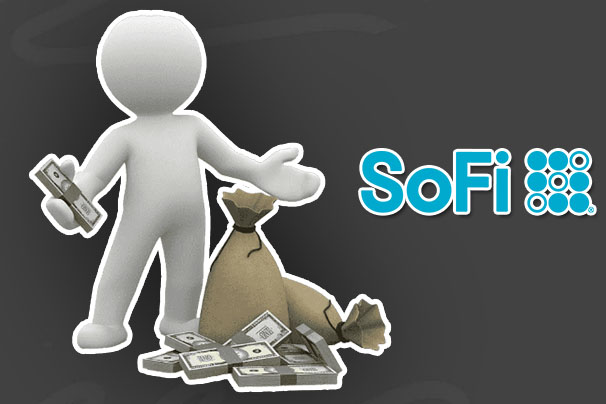Subsidized vs. unsubsidized loans? What’s the Difference? Depending on your situation, you may need to select between subsidized and unsubsidized loans. Sometimes, you may be eligible for either of the two or both of them.

These two types of loans are federal student loans; they are similar to each other but different in their specific way. Understanding the differences between these two types of federal student loans can help you identify the best for your needs.
The differences between subsidized and unsubsidized loans depend on why you need the loan. These two types of student loans cover the bills of tuition fees, books, housing, food, and other education-related expenses that may affect students financially. These loans both offer flexible loan amounts, repayment terms, and interest rates.
Most times, these loans are mistaken for each other, making it very important to be aware of their differences. While there are few differences between these two types of student loans, in this write-up, the differences between subsidized and unsubsidized loans are explained.
What Are Subsidized And Unsubsidized Loans?
To spot the differences between these loans, you need to be aware of their definition and how they work. This is the key difference between subsidized and unsubsidized loans. However, below are the definitions of these two types of loans.
Subsidized Loans
Subsidized loans are undergraduate student loans designed for students with financial needs. This type of loan qualification is determined by different factors, which include financial status and financial aid like grants and scholarships.
This loan is channeled only towards undergraduate students with financial needs. Throughout the school year of the borrower, this lender does not accumulate interest rates; instead, the U.S. government pays for interest until the student graduates or completes the deferment periods.
Unsubsidized Loans
This type of loan can be gotten both by graduates and undergraduate students who are not necessarily in need of financial help. Its eligibility criteria are based on other financial aid subtracted from your cost of attendance.
This federal student loan interest rate is charged even when the borrower is still in school, during deferment, and during grace periods. Unlike subsidized loans, where interest rates are paid by the government, students with unsubsidized loans are responsible for their interest rate payments from the time the loan is issued until the payment is complete.
Failure to pay these interests will cause them to accumulate over time, leaving you with longer repayment terms.
Subsidized vs. Unsubsidized Loans – Differences
Aside from their definitions, there are other differences between these types of federal student loans. However, the table below shows the differences between subsidized and unsubsidized loans.
| Subsidized Loans | Unsubsidized Loans |
| Subsidized loans are offered to undergraduate students who are financially in need. | Undergraduate loans do not necessarily require undergraduates to be financially needed to apply for or qualify for a loan. |
| Interest rates do not accumulate while students are in school because they are paid by the U.S. government. | Interest rates accumulate on this loan even when students are still in school because they are responsible for their interest rates. |
| This loan does not accumulate interest rates during the grace period given after the student graduates. | This loan accumulates interest rates during the grace period given. |
| Subsidized loans cost less when the student lacks interest while in school. | Unsubsidized loans cost more when the student loses interest while in school. |
Subsidized loans may be the best idea to consider as an eligible undergraduate student to make loan repayment flexible and better. However, before opting for any of these loans, consider why you need the loan and what is best for you.
Subsidized vs. Unsubsidized Loans – Similarities
Just as there are differences between these two types of federal student loans, there are also similarities. These similarities most times cause people to think they are the same. However, the following are some of the similarities between subsidized loans and unsubsidized loans.
- These two federal student loans have fixed interest rates.
- They both have origination fees every borrower is required to pay. This fee will be deducted from their loan amounts before it is deposited.
- Both loans require borrowers to complete entrance counseling and sign a Master Promissory Note before their loan is issued.
- They both offer flexible loan term options borrowers can select from to repay their loans.
Due to these similarities, these federal student loans are both options you can consider either as a student or graduate.
Bottom Line
Understanding the differences between subsidized and unsubsidized loans is key to choosing the right option for your financial situation.
While subsidized loans offer interest relief during school and are based on financial need, unsubsidized loans are available to a broader range of students but accrue interest from the start.
Both types of loans come with fixed rates and flexible repayment options, so carefully consider your financial needs and the long-term impact of each before making a decision.








